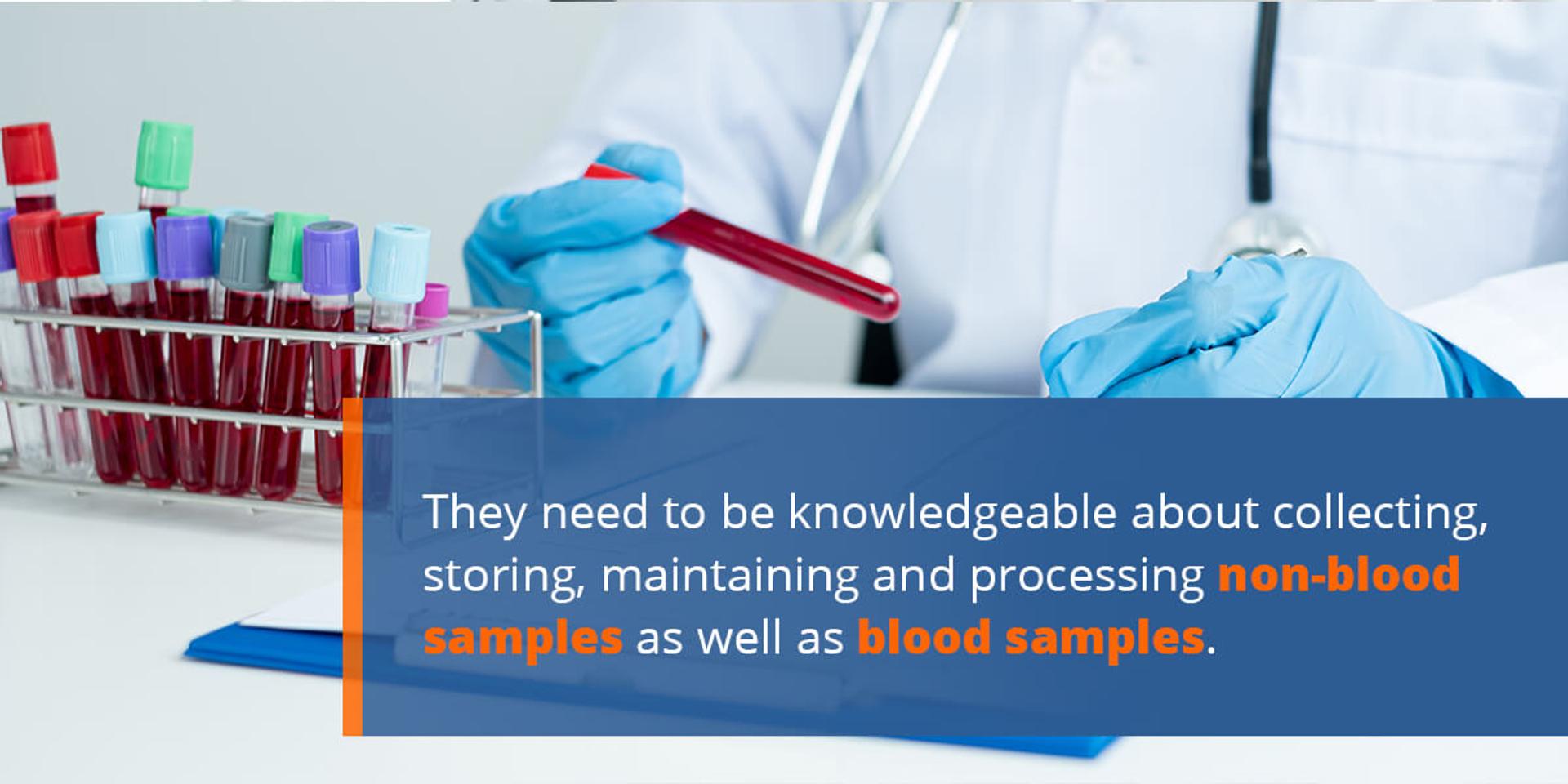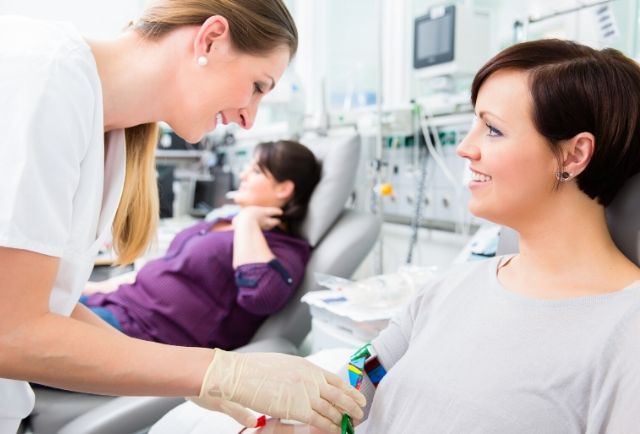Northeast Medical Institute - New Haven Campus Phlebotomy Course & Cna Class for Dummies
Northeast Medical Institute - New Haven Campus Phlebotomy Course & Cna Class for Dummies
Blog Article
The 6-Second Trick For Northeast Medical Institute - New Haven Campus Phlebotomy Course & Cna Class
Table of ContentsExamine This Report on Northeast Medical Institute - New Haven Campus Phlebotomy Course & Cna ClassNortheast Medical Institute - New Haven Campus Phlebotomy Course & Cna Class - QuestionsThe Greatest Guide To Northeast Medical Institute - New Haven Campus Phlebotomy Course & Cna ClassRumored Buzz on Northeast Medical Institute - New Haven Campus Phlebotomy Course & Cna ClassSome Known Details About Northeast Medical Institute - New Haven Campus Phlebotomy Course & Cna Class About Northeast Medical Institute - New Haven Campus Phlebotomy Course & Cna Class
The usage of such tools should be accompanied by various other infection avoidance and control methods, and training in their usage. Not all safety tools are relevant to phlebotomy. Before picking a safety-engineered tool, customers need to completely investigate available gadgets to identify their proper use, compatibility with existing phlebotomy methods, and efficacy in protecting team and individuals (12, 33).For settings with low sources, price is a driving variable in purchase of safety-engineered devices. Where safety-engineered gadgets are not available, proficient use of a needle and syringe is appropriate.
labelling); transportation conditions; analysis of results for professional administration. In an outpatient department or center, provide a specialized phlebotomy work area containing: a clean surface area with 2 chairs (one for the phlebotomist and the other for the individual); a hand laundry container with soap, running water and paper towels; alcohol hand rub. In the blood-sampling space for an outpatient department or facility, supply a comfortable reclining couch with an arm remainder.
Northeast Medical Institute - New Haven Campus Phlebotomy Course & Cna Class for Dummies
Make certain that the signs for blood sampling are plainly defined, either in a composed protocol or in documented guidelines (e.g. in a lab kind). In any way times, adhere to the approaches for infection prevention and control noted in Table 2.2. Infection avoidance and control methods. Collect all the devices required for the procedure and place it within secure and easy reach on a tray or trolley, making certain that all the items are clearly visible.
Where the patient is adult and mindful, adhere to the actions described below. Present on your own to the person, and ask the person to state their full name. Check that the lab kind matches the person's identification (i.e. match the person's information with the laboratory form, to make sure precise identification). Ask whether the patent has allergies, fears or has ever passed out during previous shots or blood attracts.
Make the patient comfortable in a supine placement (when possible). Place a tidy paper or towel under the individual's arm. Go over the test to be done (see Annex F) and obtain verbal authorization. The patient has a right to decline an examination at any time before the blood sampling, so it is essential to make certain that the individual has actually comprehended the treatment.
Northeast Medical Institute - New Haven Campus Phlebotomy Course & Cna Class Things To Know Before You Buy
Extend the client's arm and evaluate the antecubital fossa or lower arm. Find a blood vessel of a good size that is visible, straight and clear.
DO NOT place the needle where blood vessels are diverting, because this enhances the chance of a haematoma. The vein needs to show up without using the tourniquet. Locating the vein will certainly aid in establishing the right dimension of needle. Use the tourniquet concerning 45 finger sizes above the venepuncture website and re-examine the blood vessel.
Specimens from main lines lug a danger of contamination or erroneous lab examination outcomes. It is appropriate, but not suitable, to draw blood samplings when initial introducing an in-dwelling venous device, before linking the cannula to the intravenous liquids.
The Facts About Northeast Medical Institute - New Haven Campus Phlebotomy Course & Cna Class Revealed
Allow the area to completely dry. Failing to permit enough get in touch with time boosts the threat of contamination. DO NOT touch the cleaned site; specifically, DO NOT put a finger over the capillary to lead the shaft of the exposed needle. It the site is touched, repeat the disinfection. Carry out venepuncture as follows.
Ask the client to develop a clenched fist so the capillaries are more popular. Enter the vein swiftly at a 30 degree angle or much less, and continue to present the needle along the blood vessel at the most convenient angle of access - CNA Classes. As soon as enough blood has been accumulated, release the tourniquet BEFORE taking out the needle
The Basic Principles Of Northeast Medical Institute - New Haven Campus Phlebotomy Course & Cna Class
Withdraw the needle delicately and apply mild stress to the website with a tidy gauze or dry cotton-wool sphere. Ask the patient to hold the gauze or cotton wool in position, with the arm prolonged and elevated. Ask the patient NOT to bend the arm, due to the fact that doing so creates a haematoma.

Northeast Medical Institute - New Haven Campus Phlebotomy Course & Cna Class Fundamentals Explained
Do not push the syringe plunger because extra pressure enhances the threat of haemolysis. Where possible, keep televisions in a rack and move the rack in the direction of you. Infuse downwards right into the proper coloured stopper. DO NOT eliminate the stopper since it will certainly launch the vacuum. If the sample tube does not have a rubber stopper, click for source infuse incredibly slowly right into the tube as minimizing the pressure and speed made use of to move the specimen minimizes the danger of haemolysis.

Report this page